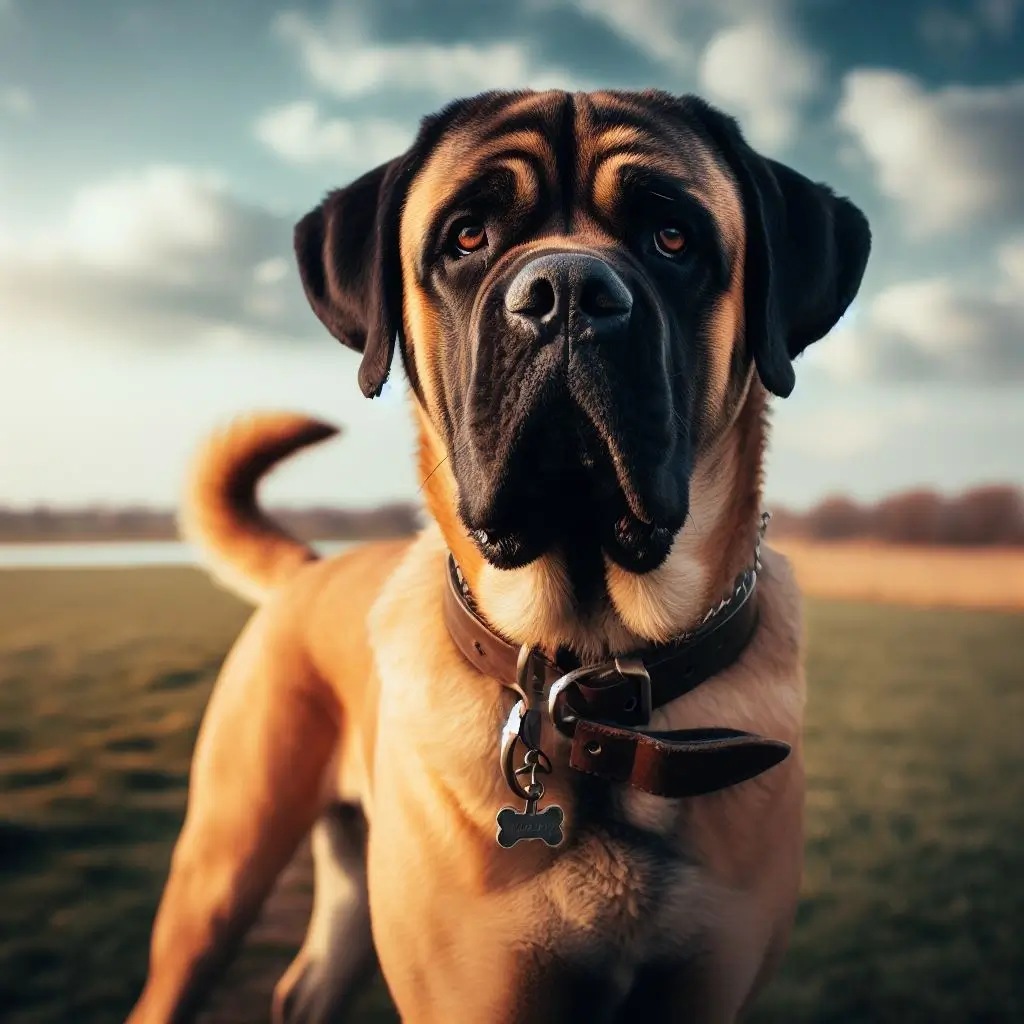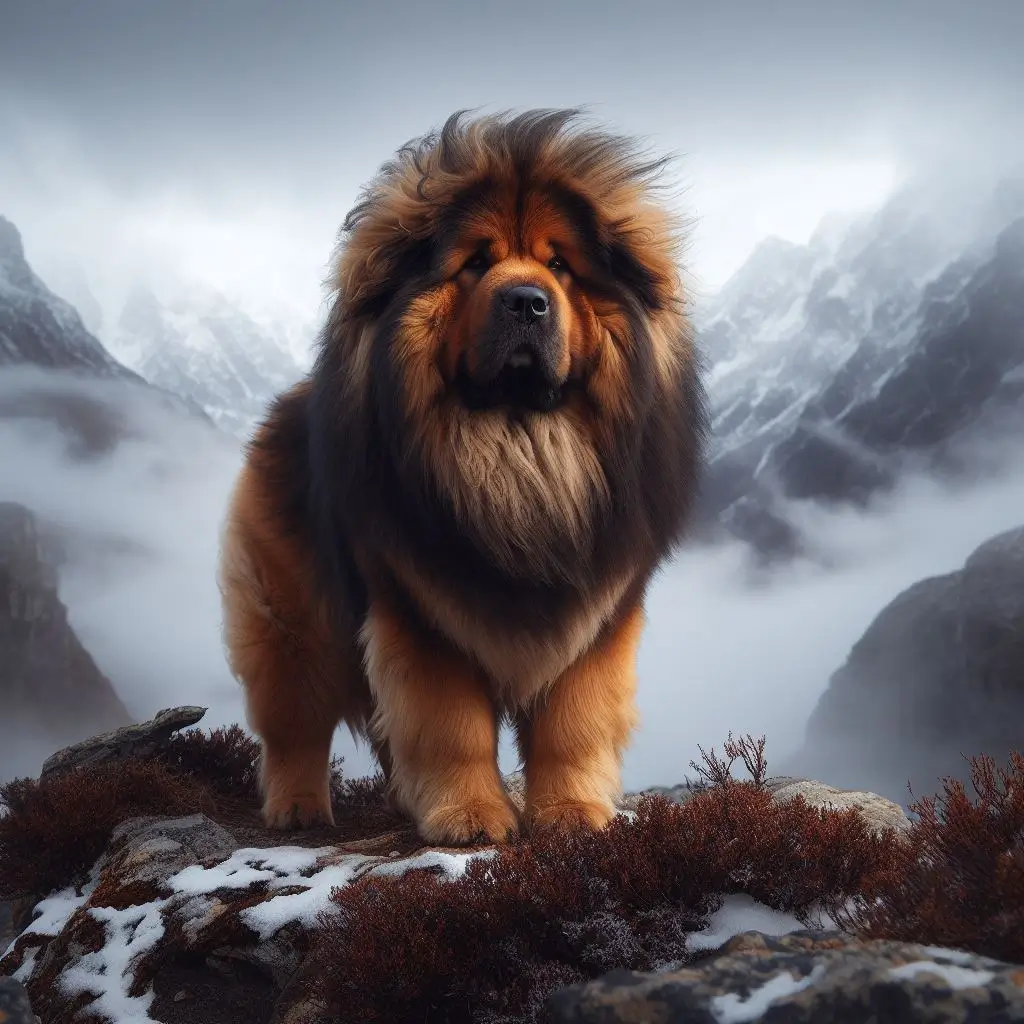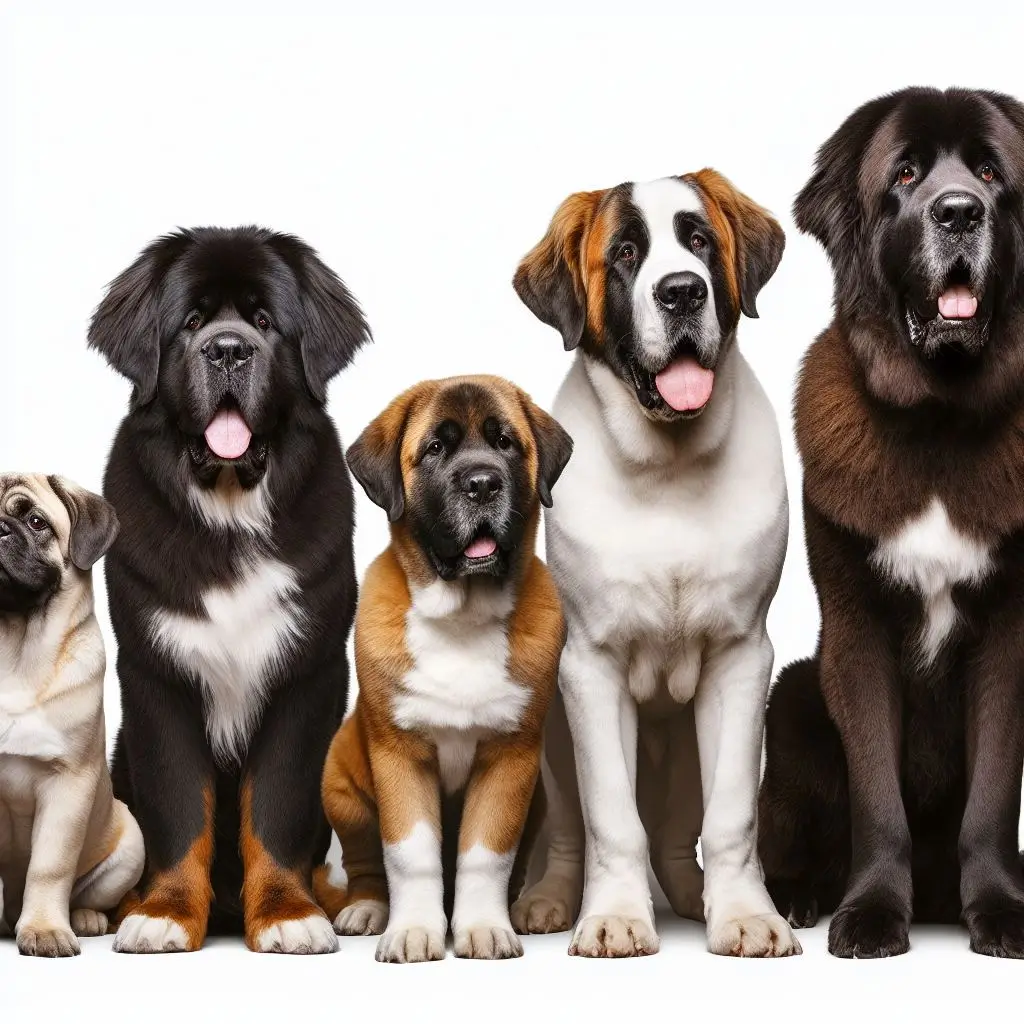When you’re curious about the largest dog breeds, you might expect a simple list. However, there’s much more to consider. In this expanded article, we’ll explore the largest dog breeds in greater detail, covering their characteristics, history, and suitability for various lifestyles.
Key Takeaways
- Size isn’t the only factor to consider when choosing a large dog breed.
- Health, exercise needs, and temperament are equally important.
- Each large breed has its unique characteristics and care requirements.The Giants of the Dog World
English Mastiff

Known for its massive size, the English Mastiff can weigh up to 230 pounds. These dogs are not just large; they’re also loyal and protective. Originating from Britain, they have a history that dates back to Roman times. They make excellent guard dogs but require a spacious living environment.
Saint Bernard

Famous for its role as a rescue dog, the Saint Bernard is both large and gentle. Originating from the Swiss Alps, they were initially used for rescue operations. They have a friendly disposition and are excellent with children. However, their large size means they are prone to certain health issues, such as hip dysplasia.
Tibetan Mastiff

Hailing from the Himalayas, the Tibetan Mastiff is as majestic as it is large. These dogs are independent and can be somewhat aloof, making them better suited for experienced dog owners. They have a thick coat that requires regular grooming, especially during shedding season.
Newfoundland

Known for their incredible strength and swimming ability, Newfoundlands are often used in water rescues. They have a gentle temperament and get along well with children and other pets. However, they do require a lot of exercises and are prone to obesity if not properly cared for.
Great Dane

Despite their imposing size, Great Danes are known as “gentle giants.” They are generally friendly and good with kids. Originating from Germany, they were initially bred for hunting. They have a short coat, which makes grooming relatively straightforward.
Additional Factors to Consider
Lifespan and Health
Larger breeds often have shorter lifespans compared to smaller dogs. They may also be prone to specific health issues like joint problems and heart conditions. It’s essential to consider these factors when choosing a large dog breed.
Exercise Needs
Large dogs usually require a significant amount of exercise to stay healthy. Lack of physical activity can lead to behavioral issues and obesity. Make sure you have enough space and time to meet their exercise needs.
Grooming Requirements
Some large breeds have thick coats that require regular grooming, while others have short coats that are easier to maintain. Consider the grooming needs when choosing a large dog breed.
Temperament
While many large breeds are known for their gentle temperament, some can be more aloof or independent. Make sure to match the dog’s temperament with your lifestyle.
FAQ
Q: Which large dog breeds are good for families?
A: Saint Bernard and Newfoundland are generally excellent choices for families due to their gentle temperament.
Q: What are the common health issues in large dog breeds?
A: Joint problems, heart conditions, and obesity are common health issues.
Q: How much exercise do large dog breeds need?
A: It varies by breed, but generally, they require significant amounts of exercise to stay healthy.
Conclusion
Choosing one of the largest dog breeds involves more than just being impressed by their size. It requires a comprehensive understanding that takes into account various factors like health, exercise needs, and temperament. By considering these elements, you can make a more informed decision and find a large dog that fits perfectly into your life.
Hi, I’m John and I love dogs. Ever since I was a kid, I always wanted to have a furry friend by my side. I grew up with a golden retriever named Max, who taught me a lot about loyalty, friendship, and fun. He was my best buddy for 12 years, and I miss him every day.
